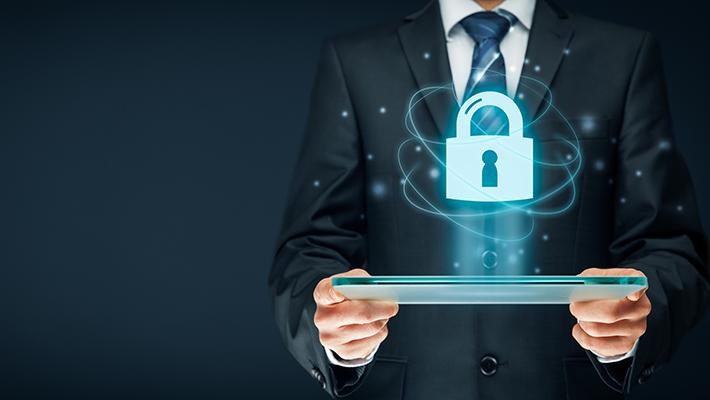Are you debating whether a degree in cybersecurity is worthwhile? You’re not by yourself.
In the linked world of today, it is more crucial than ever. The definition of Cybersecurity Atlanta and its importance to organizations. As well as the range of career options that come with a degree in this field, one must be learned.
Cybersecurity: What is it?
It guards against theft, damage, and illegal browsing of data, networks, and digital systems. It entails putting in place several safeguards and technological advancements.
This is to guarantee the privacy, availability, and integrity of data processed and stored on computer systems. There are three crucial facets:
- Prevention
Putting security measures in place to stop breaches or illegal browsing.
- Detection
Locating a system’s weaknesses and possible dangers.
- Response
Taking the required steps to lessen a security incident.
Essential Elements
Businesses and organizations need a strong cybersecurity plan to safeguard their digital assets. Also, to uphold consumer confidence and adhere to legal requirements.
The following are the fundamental elements of an effective strategy:
- Risk Evaluation
A strong plan starts with an understanding of the dangers facing your company. To find any risks, weaknesses, and possible effects on your business. Do a complete risk assessment. This will assist you in efficiently allocating resources and setting priorities for your work.
- Policies and Procedures for Security
Create thorough, unambiguous safety rules and procedures. This must specify staff roles and duties. As well as permissible technology usage. And what to do in the event of a safety problem.
Assess and revise these rules often. This is to take into account evolving threats and technological advancements. Go to https://pe.gatech.edu/blog/industry-trends/cybersecurity-panel for further reading.
- Security of Networks and Endpoints
Put in place robust endpoint and network safety measures. Such as firewalls, secure Wi-Fi, anti-malware software, and systems to detect and avoid intrusions. Update and patch software often to fix known vulnerabilities.
- Controls of Access
To restrict access to critical information and systems, implement stringent access controls. To reduce the chance of unwanted access and utilize multi-factor authentication. As well as role-based access controls and frequent audits of user rights.
- Encryption of Data
Protect sensitive data from potential breaches and unwanted access by encrypting it both in transit and at rest. By adding an extra layer of protection. Encryption makes it harder for hackers and other unauthorized parties to access private information.
- Plan for Incident Response
Create a clear incident response strategy that specifies what your company will do in the event of a breach of security. Roles and duties, and clear communication methods. In addition, recovery and remedial rules should all be part of this strategy.
- Risk Management for Third Parties
Examine the safety measures of your partners and third-party providers. Since they may introduce safety flaws into your company. Third parties should be subject to stringent safety standards. And their compliance should be periodically assessed.
Your company will be better able to safeguard its digital assets. Uphold consumer confidence and lower the likelihood of expensive security events. By including five essential elements in your cybersecurity plan, look at this for more info.
Cyberthreats and the Repercussions
Organizations of all sizes are at serious risk from cyberattacks. Safeguarding your company requires knowing about these dangers.
Threats
- Malware
Malicious software encompasses a broad category of harmful software. Such as viruses, worms, and Trojan horses.
These programs have the potential to corrupt or disrupt computer systems. Also, steal private data and even grant hackers unauthorized admission to the device’s system.
- Ransomware
A particular kind of virus known as ransomware encrypts a victim’s data. It also prevents them from accessing it until the ransom fee is paid.
These assaults target individuals, governments, and organizations equally. They have become more frequent and have caused serious operational and financial harm.
- Phishing
Phishing attacks are a sort of social engineering technique. Online criminals send phony emails, texts, or links to websites.
In an attempt to fool users into disclosing private information. Such as their login details or personal information.
They can then use this information to open your systems. Without authorization, conduct fraud, or steal your identity.
Consequences
- Losses in money
For enterprises, a hack may have disastrous financial effects. Employing cybersecurity professionals, restoring or replacing hacked systems, and making ransom payments. These are examples of immediate expenditures.
Long-term expenses might include fines for breaking data protection laws. In addition to legal fees and lost revenue from outages.
- Damage to Reputation
A company’s reputation may be seriously harmed by a cyberattack. This can result in a decline in confidence among partners, investors, and consumers.
This may lead to a decline in company operations. As well as challenges in obtaining funding or bringing in new clients.
- Disruptions to Operations
Significant operational interruptions, such as system outages or the loss of important data, can result from cyberattacks. A company’s capacity to provide goods and services may be hampered by these interruptions. This may have an impact on client satisfaction and result in contractual fines.


